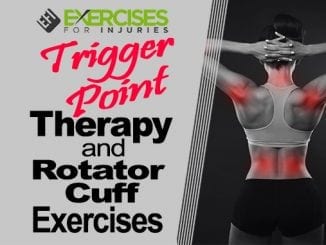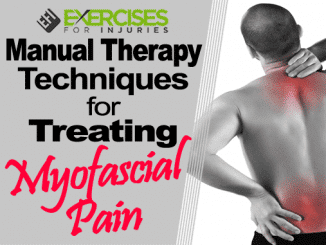
Today I have a guest blog post for you from Bill Huhn. Bill is a Trigger Point Bodyworker and will be teaching the upcoming courses:
- Understanding Trigger Points to Overcome Pain with William N. Huhn – March 6, 2010
- HANDS-ON: Trigger Point for Shoulder & Migraine Issues with William N. Huhn – March 7, 2010
Enjoy the blog post. Bill shocked me with some things he said about exercise and trigger points.
Why Your Clients Should Stop Exercising if they Have Trigger Points
I advise my clients to stop exercising when trigger points are present. This may lead some fitness and health professionals to believe I am anti-fitness/exercise.
However, I am only “anti-exercise” to the involved muscles, while there are trigger points present in my clients. It may also appear to some that I believe trigger point bodywork will “cure” everything! Removing trigger points will not “cure” everything… although they are at the root of more issues (including pain) than most people (including health professionals) are aware of!
Please read on.
Shoulder Issues & Trigger Points Therapy
Often, I seem to “go against the flow” when it comes to conventional ideas and methodology concerning the initial approach to rehabilitation of shoulder issues.
When there is a problem with the shoulder, I commonly find that exercise and stretching is the primary rehab technique employed. Fundamentally, I do agree with this methodology, but only if the muscles have first been checked for trigger points (TrPs).
If you subscribe to the belief that the shoulder muscles must be strengthened, then shouldn’t you also have to ask why these muscles have become weak and need exercise?
The usual diagnoses (and misdiagnoses) for shoulder issues are arthritis, rotator tear, adhesive capsulitis (frozen shoulder), bicipital tendinitis, and bursitis. And, of course, there may be actual structural damage to the joint. However, we rarely hear a diagnosis describing trigger points as causal to the issue. This is because most health professionals are not familiar with the effects of TrPs. It is rarely, if ever, taught in the curriculum.
The Trigger Point Perspective:
Trigger points will cause the involved muscles to be weak and fatigue easily. I have found that about 95% of my clients who suffer from shoulder issues also have TrPs in the SITS and other scapular muscles. Of course, other (including medical) reasons for muscle weakness exist.
A muscle that has TrPs will not build mass. Exercising any muscle with TrPs will be a waste of time as the afflicted muscle(s) will not build mass. And since the primary purpose of the exercise is to strengthen the muscle(s) (i.e., build mass), one has to ask if this exercise protocol should be the “first approach” for client recovery. I’m sure all rehab specialists and fitness trainers have seen some clients’ shoulder symptoms exacerbate during/after exercise and stretching routines are employed.
When discussing a procedure for healing a shoulder issue, I have consistently found that a specific protocol must be followed for consistent success. I will share that protocol in the next blog post.
– William Huhn
Trigger Point Bodyworker
NCBTMB Approved Provider
Bill is working on part 2 of this blog post. I will have it for you next week. You can also see a past interview I did with Bill about trigger point therapy by clicking here.
Until then, take care.
Rick Kaselj, MS





